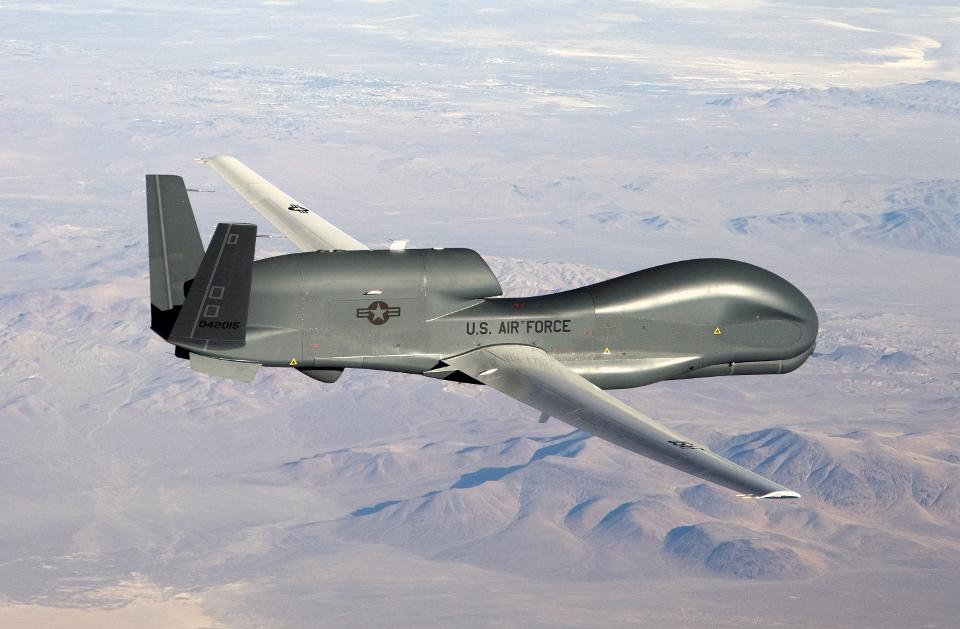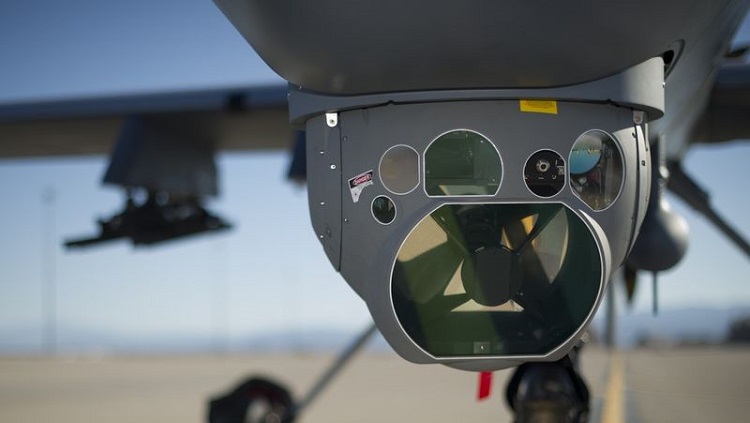China3D printingNet July 27th,America Makes, an additive manufacturing innovation organization managed by the U.S. Department of Defense, announced that aerospace company Raytheon Technologies (Raytheon Technologies) has become the winner of its Optical Mount Extreme Improvement (AXIOM) project.
For the submission entitled “Topology-optimized reflective optics”, the Raytheon team will receive a total of US$841,000 in funding. The ultimate goal of the project is to “support the continued technological superiority of the US Air Force” through the development of advanced additive-manufactured optical systems. Once all contract details have been finalized, the project is scheduled to start in August 2020.

The Air Force’s surveillance drones rely on high-precision optical components to operate. The picture comes from the U.S. Air Force.
AXIOM project
AXIOM is intended as a weapon call to encourage private companies to use3D printingTechnological innovation of high-precision optical components to serve the U.S. armed forces. The content of submissions ranges from sensor design to space systems, both of which are related to optics. It is funded by the Air Force Research Laboratory (AFRL) and the National Defense Manufacturing and Processing Center (NCDMM).
John Wilczynski, Executive Director of America Makes, said: “The award-winning proposal led by Raytheon details a method that includes many tasks and solves technical gaps in the design and production of additive manufacturing optical bases. For the Air Force, we In terms of the community of members and the broader supply chain, the results of Raytheon’s efforts are expected to be hugely transformative and valuable. We congratulate Raytheon and its team.”
Topology optimized reflective optics
Raytheon’s proposal includes contributions from many of the company’s departments, including Raytheon Intelligence and Aerospace, Raytheon Missile and Defense, and Raytheon Technology Research Center. nTopology and Wichita State University (Wichita State University) did additional work to get an idea of the scale of the project.
The work itself involves the development of an improved software workflow for the laser powder bed fusion process. It is designed to enable users to more easily create topology-optimized designs using traditional additive materials commonly found in the industry. As a result, Raytheon expects to reduce the delivery time of performance-optimized optical mounts and components, which is an urgent need for the Air Force.
Brandon Ribic, Director of Manufacturing Technology in the United States, concluded: “Submitting TORO is a well-thought-out work. We not only look forward to the project, but will also continue to discuss how to best use additive manufacturing technology to make those who rely on these complex components People benefit.”

Raytheon has previously developed airborne sensors for the Air Force. The picture comes from the U.S. Air Force.
The US Air Force already has extensive experience in the field of additive manufacturing.Last month, it announced that it will use Senvol’s data-driven machine learning software to3D printingLarge aerospace components.The plan involves the use of EOS multi-lasers3D printingMachine development is used to produce benchmark mechanical properties of end-use parts.
Elsewhere, the Air Force has worked with General Electric (GE) to conduct oil sump covers for F110 jet engines.3D printing. Although the part itself is not a particularly dynamic part, it is still essential to the function of the engine and must have a permanent seal around the internal parts.
China3D printingNet compile article!
(Editor in charge: admin)


0 Comments for “Raytheon’s 3D printed military optical system wins $841,000 from the U.S. Department of Defense”